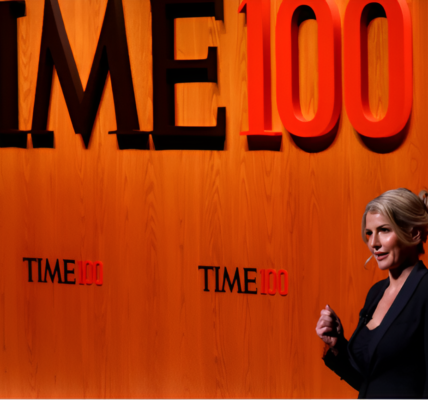
Airports are often the first and last impression of a trip, and travelers have plenty to say about their experiences. The 2024 J.D. Power North America Airport Satisfaction Study shines a spotlight on which airports stand out and which fall short in providing the best experience for passengers.
Top Airports for Passenger Satisfaction
The rankings are based on feedback from over 26,000 U.S. and Canadian residents who traveled through at least one airport in North America. For mega airports—those with 33 million or more passengers a year—the Minneapolis-Saint Paul International Airport (MSP) claimed the top spot for customer satisfaction. Known for its smooth travel experience, top-notch facilities, and efficient staff, MSP sets a high bar for airports across the continent. Detroit Metropolitan Wayne County Airport in Michigan and Phoenix Sky Harbor International Airport in Arizona rounded out the top three, both praised for their ease of travel and welcoming environments.
The Stragglers: Low Satisfaction Ratings
At the other end of the spectrum, Newark Liberty International Airport took the dubious title of the worst airport among mega airports. Joining Newark at the bottom were Toronto Pearson International and Chicago’s O’Hare Airport, which have long been criticized for delays, crowded terminals, and lackluster customer service. Despite their international importance, these airports are facing growing dissatisfaction from travelers who expect better service and more efficient travel.
Large Airports: A Mix of Satisfaction and Frustration
In the category of large airports, which serve 10 to 32.9 million passengers annually, John Wayne Airport in Orange County, California, topped the rankings for its superior customer satisfaction. Tampa International Airport and Kansas City International Airport also performed strongly, receiving praise for their user-friendly facilities and short wait times. Meanwhile, Philadelphia International Airport received the lowest rating in this category, with passengers voicing frustration about the airport’s crowded conditions and underwhelming services.
Medium-Sized Airports Shine
When it comes to medium-sized airports, Indianapolis International, Jacksonville International, and Southwest Florida International airports emerged as the top three performers. These airports have managed to combine efficiency with comfort, making them favorites among travelers who prefer smaller, less hectic environments. Their ability to offer easy access to terminals and excellent amenities continues to contribute to their high rankings.
The Big Picture: Air Travel Demand Shows No Signs of Slowing Down
Despite the rising costs of flights, hotels, and ground transportation, air travel demand in North America has remained robust. In fact, in July, more than three million people passed through security checkpoints on a single day, setting a new record for traffic volume. The International Air Transport Association (IATA) reported an 8% increase in travel demand compared to July 2023, even with disruptions caused by an IT outage from CrowdStrike.
While travelers are still enjoying the experience, Michael Taylor, Managing Director of Travel, Hospitality, and Retail at J.D. Power, notes that there are signs of a “breaking point” in consumer spending. The average spend per person in terminals has significantly declined from a year ago, reflecting the financial strain many are feeling as costs rise across the travel industry.
As airports continue to adapt to the growing demands of air travel, these rankings provide valuable insights into what works—and what needs improvement. Whether you’re navigating a bustling mega airport or a quieter regional hub, customer satisfaction remains a top priority in shaping the future of air travel.





